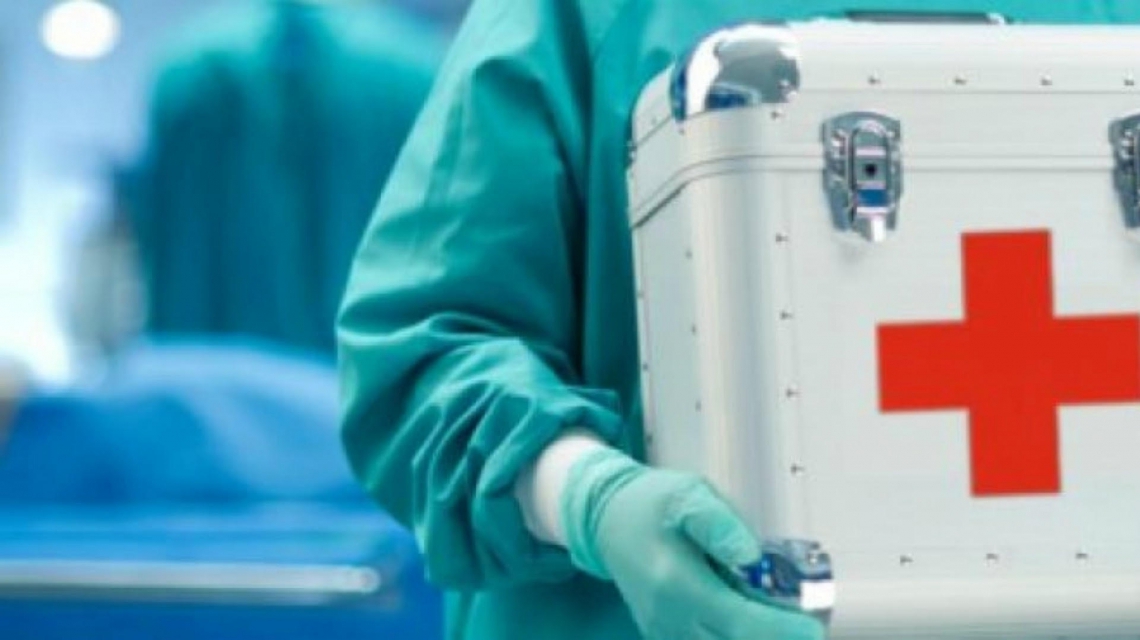The information, provided by the Centre for Donation, Ablation and Implant of Organs and Tissues (Cudaio), emerges from the international database irodat.org.
Spain has been, for many years, the nation with the most donation, with almost 44 DPMH. Croatia, Portugal and Belgium stand out. The notable fact that emerges from these records is that only 10 countries in the world get a higher donation rate to that of Santa Fe. In addition to the four mentioned, the United States, France, Czech Republic, Austria, Finland and Italy are listed.
The index, which is obtained by dividing the amount of donations by the population of a country or region, offers a dimension of the development of the donation in each society.
The director of Cudaio, Martín Cuestas, said, "Usually, the high rates of donation occur in coincidence with an advanced development of transplant medicine, efficient approaches in education and public campaigns, culture of voluntary blood donation, presence of other behaviors of citizen coexistence, among other factors, as happens with the work that develops Incucai in such matters. "
"In Santa Fe we try to tackle all these aspects, he continued saying, and we do so always thinking about shortening the expectation of the thousands of patients who need a transplant. The difference is not irrelevant, as more donations save more lives and achieve a better quality of life for those transplanted. It is not the same for a renal patient on dialysis, for example, to wait two months for his transplant instead of several years. "
THE INCREASE IN THE DONATION IN SANTA FE
In 2017, Santa Fe reached the historical mark of 22.3 donors per million inhabitants. At the national level, two out of 15 donors came from our province (13% of the total Argentine donors, which were 593). The 77 donation processes made last year allowed 203 patients to receive their implant. Most of them did it in transplant centers also located in Santa Fe. The average was 2.64 organs implanted for each donation process.
Cuestas clarified that "the increase in donation processes has been given since 2011, when in the Cudaio, under the direction of Pablo Maidana, the Donor Hospital Strategy was implemented. Consequently, the main public hospitals of Santa Fe were training professionals and equipment for detection and coordination of potential donations and incorporating protocols to the procurement of organs and tissues changed from being an exceptional situation to a hospital routine. "
"This success of Incucai resulted not only in a greater number of donors but also in a better quality of the processes, with reduction of ablation and transfer times, and more organs extracted in each process. The benefit for waiting patients is evident: more and better transplants, "he added.
Finally, Cuestas stressed that "once the main donor hospitals have been consolidated, the challenge was to elevate the levels of the possible processes by incorporating other effectors from the province. In recent years, we succeeded in adding to the hospitals of Venado Tuerto and Rafaela to the daily practice of procuring. And then, from 2016, Cudaio has been working on a program to integrate private effectors into donation activities, which results were evident in 2017, with a significant contribution of 24 processes out of 77.
2017 RECORD IN TRANSPLANTS IN ARGENTINA
Last year there were 593 organ donations at the national level, which allowed 1487 transplants across the country.
Without being the year with the best rate, the 13.5 donors per million inhabitants of Argentina in 2017 represented an increase with respect to 11.8 of 2016 and allowed to achieve the historical mark of people transplanted, surpassing that of 1457 during 2012. The most notable jurisdictions for their donation index were Capital Federal, Mendoza, Entre Rios, Santa Fe and Tucumán.
The national waiting list has been kept at approximately 8000 people.
REFERENCE MODEL
The Spanish model is currently the reference model in the subject of donation and transplantation. Many Argentine and Latin American professionals were trained in donor hospitals and in transplant centres in that country. There is an operational alert system for each potential donor, while the donation is incorporated into the health routine and society, to the point that the percentage of family opposition or negative manifestations in life is close to zero.
In countries such as Japan, Mexico, and Saudi Arabia, the reality is very different: the rates of donation are very low while the need for transplantation is increasing, so demand is covered by increasing numbers of living (kidney) donors.
